Top sites for nature
Land yourself among Britain's best nature spots.
Discover Britain's wildlifeNative red squirrels may have been usurped by their grey cousins, but you can spot them in small pockets across the country. David Chapman shares his top five locations
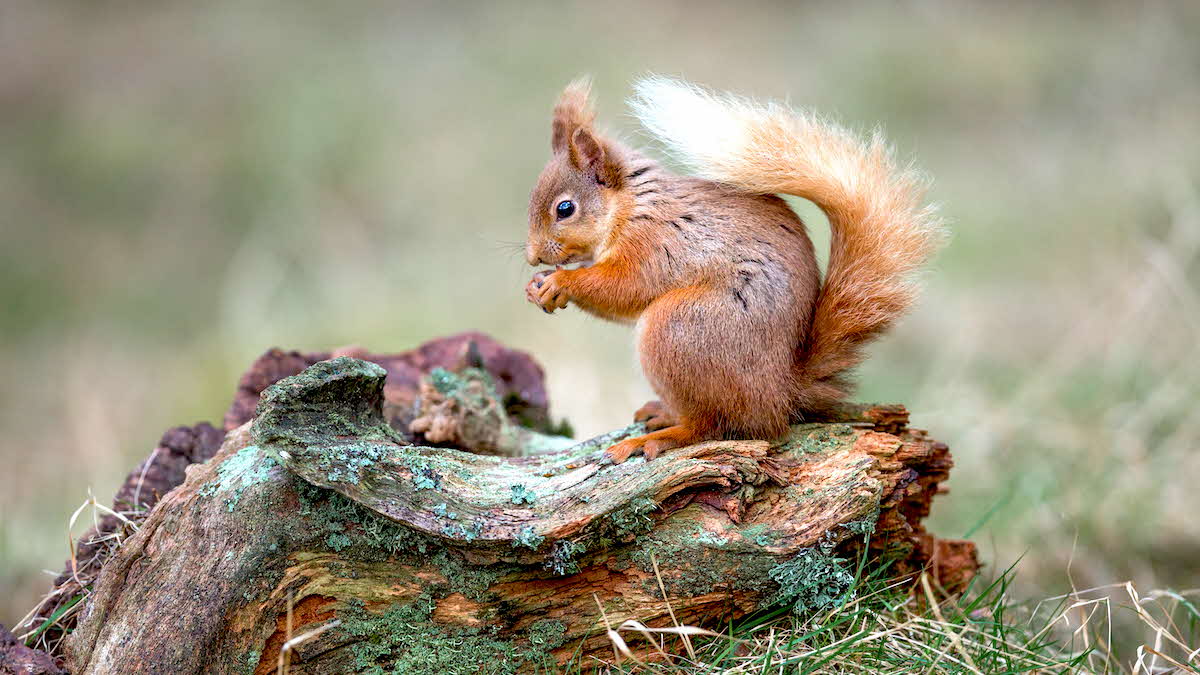 The tip of a red squirrel’s tail is often slightly lighter in colour
The tip of a red squirrel’s tail is often slightly lighter in colour
The red squirrel is one of our cutest and most charismatic mammals. However, the introduction of the more vigorous, non-native grey squirrel in the 19th century led to a battle for its survival. For the vast majority of us, the chance to see a red squirrel now depends on visiting very specific locations. Here, I will pick out five of my favourites – but first a bit of history.
Grey squirrels were introduced by Victorians who thought it might be entertaining to have them on their estates. However, they soon became dominant, and the native red squirrel population declined.
It isn’t just direct competition that is responsible for the red’s demise; grey squirrels carry a virus to which they are immune, but which is devastating to their russet-hued cousins. The red just cannot live with the grey.
As the grey squirrel spread north and west from its strongholds in the south-east of England, the red slowly became extinct in most of England and then Wales. The same happened in Scotland, where greys expanded their range from the central belt. It was only in isolated pockets of land that the red squirrels were able to survive. These pockets are often ‘islands’ – some, literal islands surrounded by sea; others, islands of woodland in a ‘sea’ of land which squirrels are unable to cross. Coniferous woodlands offer red squirrels their best chance because they are slightly better suited to the habitat than the greys.
There have been serious attempts to eradicate grey squirrels from red squirrel strongholds, and even efforts to introduce reds to areas from which greys have been removed. Nature might also
offer some assistance. Pine Martens, which are adept at hunting grey squirrels, are now on the increase, which might help address the imbalance.
It is estimated that about 75% of British red squirrels live in Scotland, most notably in the coniferous forests of Dumfries and Galloway and the Caledonian forests north of the central belt. Because they are quite widespread in Scotland, I am going to pick out my favourite five red-spotting locations in England and Wales, listed from north to south.
Snaizeholme Red Squirrel Trail, North Yorkshire
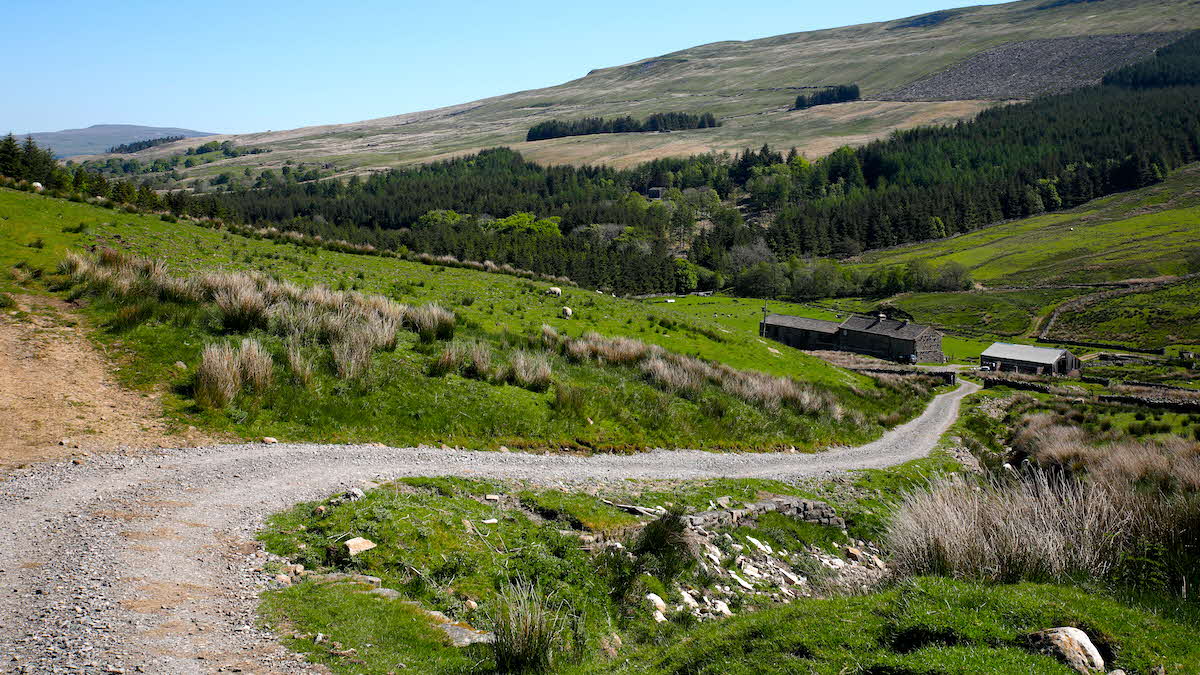
Situated in coniferous woodland, the trail is accessible via a minibus service from the Dales Countryside Museum and National Park Centre in Hawes. Luckily, the Hawes Club campsite is within walking distance of the bus stop. Seats on the bus need to be booked in advance.
I had a wonderful experience at Snaizeholme, with red squirrels running up as if to welcome us into their woodland. There was also a good deal of activity around the squirrel-feeders.
Formby and Ainsdale, Merseyside
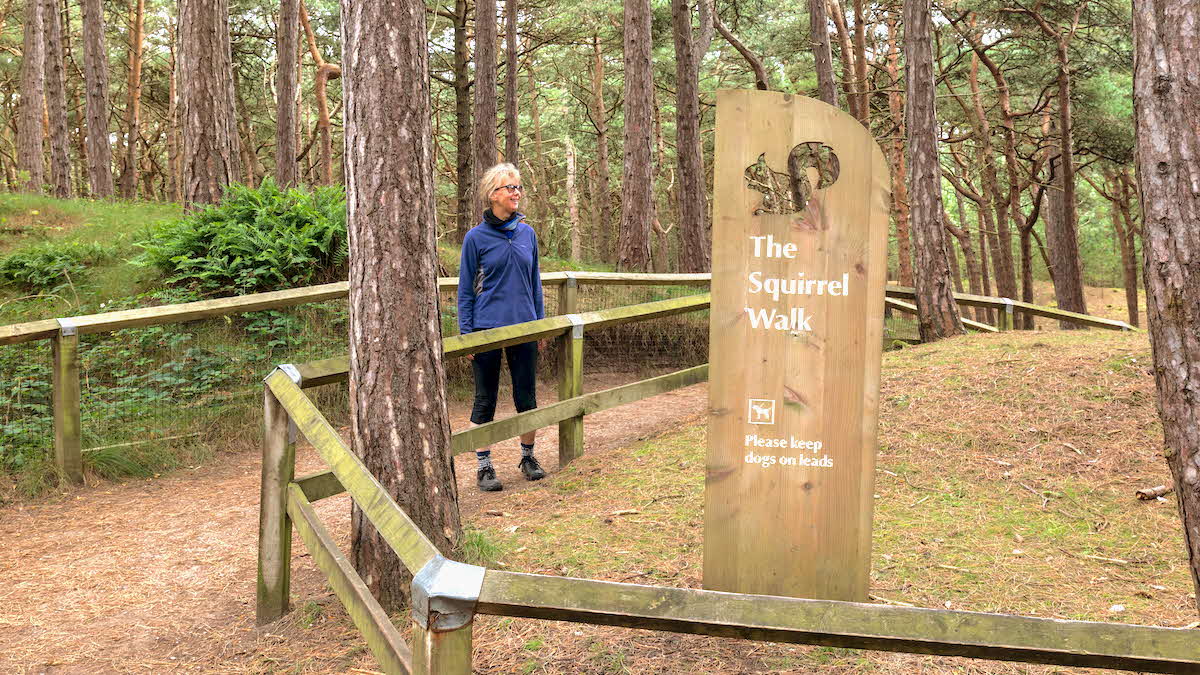
A couple of decades ago red squirrels were incredibly numerous and very tame at Formby. A subsequent squirrelpox outbreak caused the population to decline to about 15% of its original size. However, it is slowly recovering, and although red squirrel sightings are much less common than they were, there is still a good chance of seeing them on a walk through the pine woodlands of Ainsdale and Formby. A couple of years ago I cycled from Southport Club Campsite to Formby. It was delightful to see the red squirrels running up and down the pine trees as I followed the cycle track through the trees at Ainsdale.
Anglesey
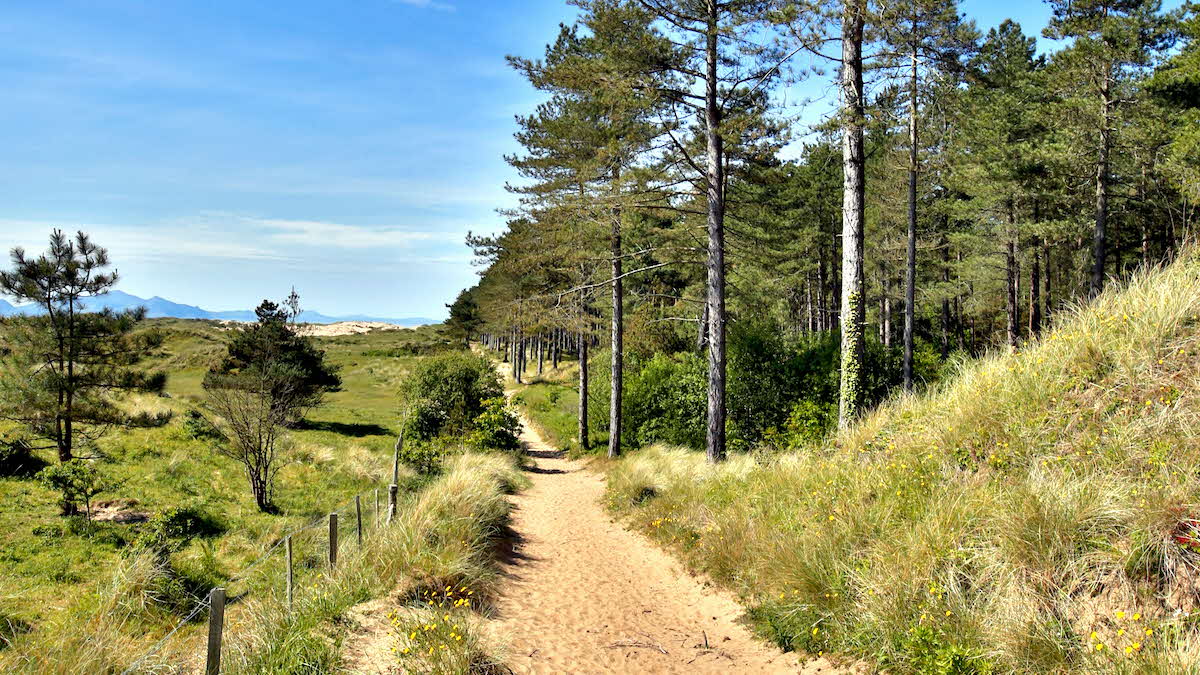
Red squirrels had almost succumbed to the greys on Anglesey when a major project was launched to help them recover. Grey squirrels were eradicated and reds introduced, and now the reds are in the ascendancy. The best areas to see them are at Pentraeth Forest, Plas Newydd and Newborough Forest.
My own best Anglesey experience was in the Llyn Parc Mawr car park where the A4080 passes through Newborough Forest. Here I watched red squirrels repeatedly visiting feeders.
There are two Club campsites on Anglesey – Penrhos and Cae Mawr – as well as a wide selection of Certificated Locations.
Brownsea Island, Dorset
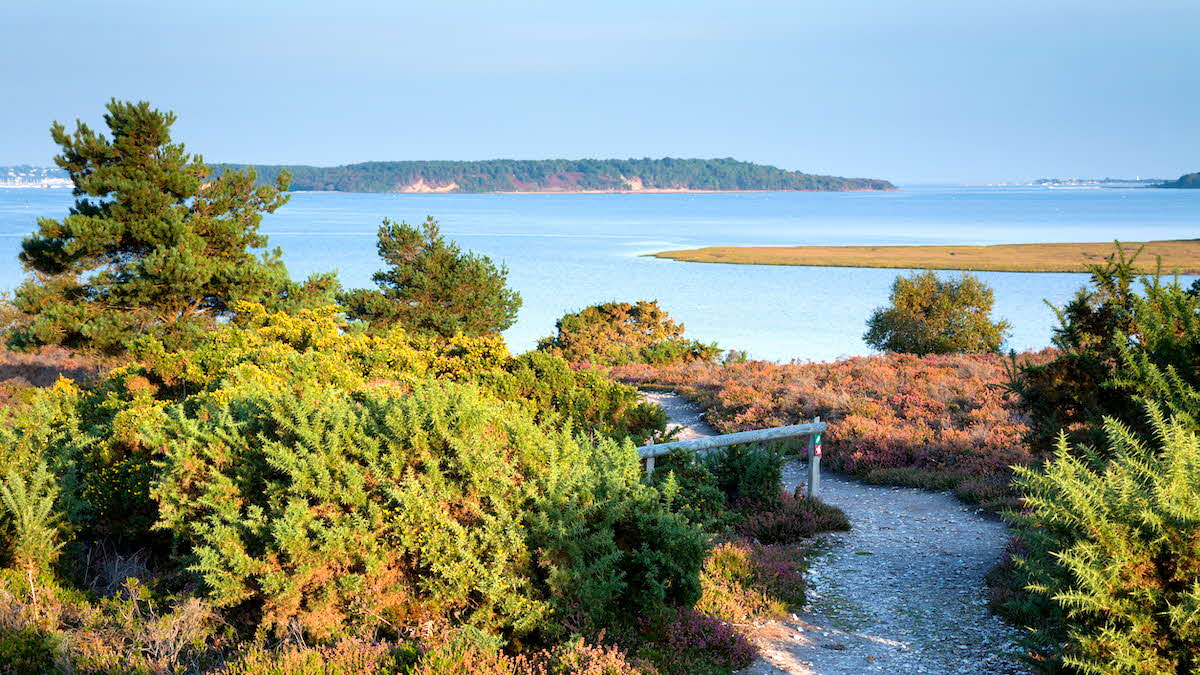
Brownsea Island in Poole Harbour is a short ferry ride from Poole Quay or Sandbanks (March to October). The National Trust-owned island is home to a nature reserve managed by Dorset Wildlife Trust. This is a great location for nature-lovers, offering the opportunity to spot wonderful birdlife as well as red squirrels.
When visiting Brownsea I have divided my time between birdwatching and red squirrel-seeking. I have always found squirrels without too much trouble. There are two Club campsites within striking distance of Poole Harbour: Hunter’s Moon and Haycraft.
Tresco, Isles of Scilly

Now here’s a curveball! Neither species of squirrel lived on the Isles of Scilly until reds were introduced in 2013. From an initial population of 20, their number has increased significantly and they can be seen in any wooded area on the island – particularly good are the famous Abbey Gardens (where you’ll find a lovely outdoor café).
The only difficulty is getting to the islands in the first place. You can’t take a motorhome or caravan, so the options include a day trip by ferry, a helicopter from Penzance or a plane from Land’s End, Newquay or Exeter. Helicopters are more expensive, but they fly direct to Tresco, whereas a visit by plane or boat requires an additional boat transfer from St Mary’s to Tresco. My preference is to stay on the islands for a few nights if I can. It might be difficult and expensive, but it’s worth it!
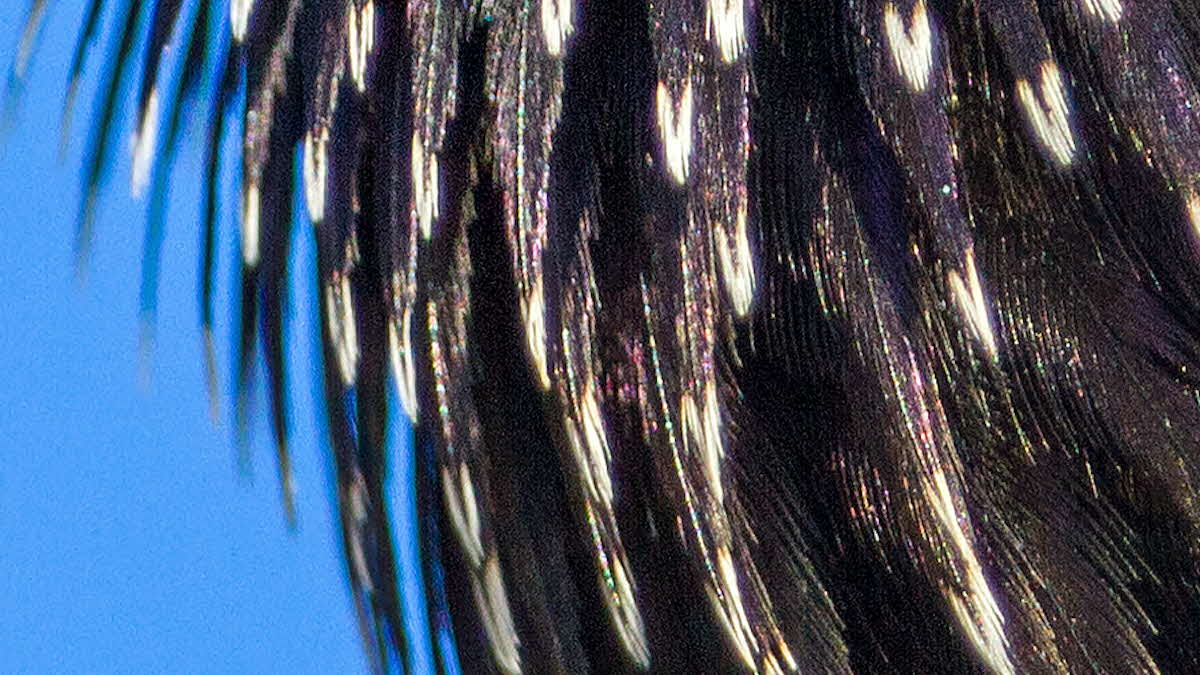
Every month I will show you a photo of something from the natural world. It might be a close-up, or a subject that is difficult to identify. All you have to do is figure out what it is! Here is this month’s photo; no clues or prizes – it’s just for fun. (I will give you the answer next month, but if you can’t wait, see the digital magazine.)
The subject of December’s mystery photo was: a fieldfare